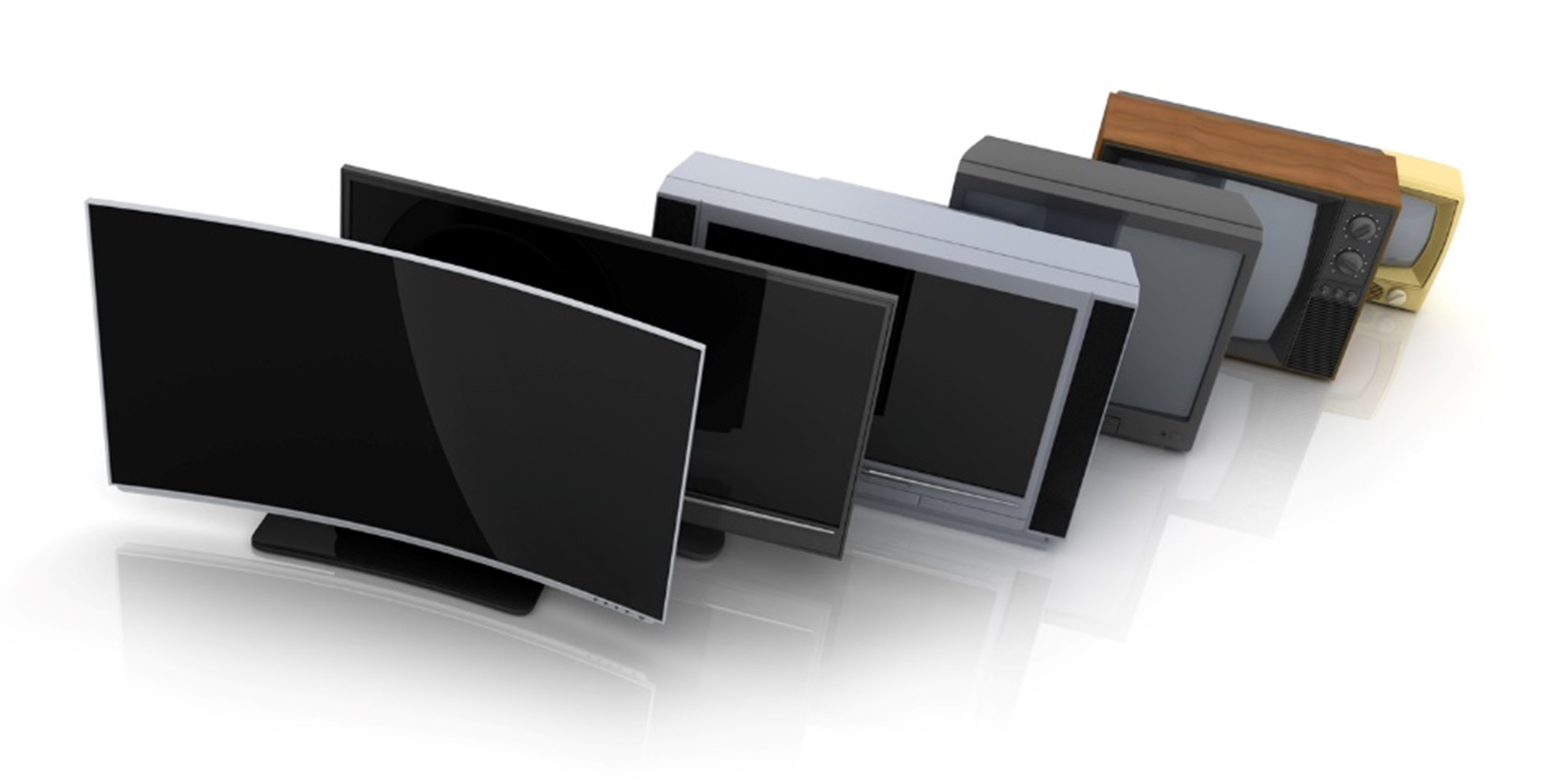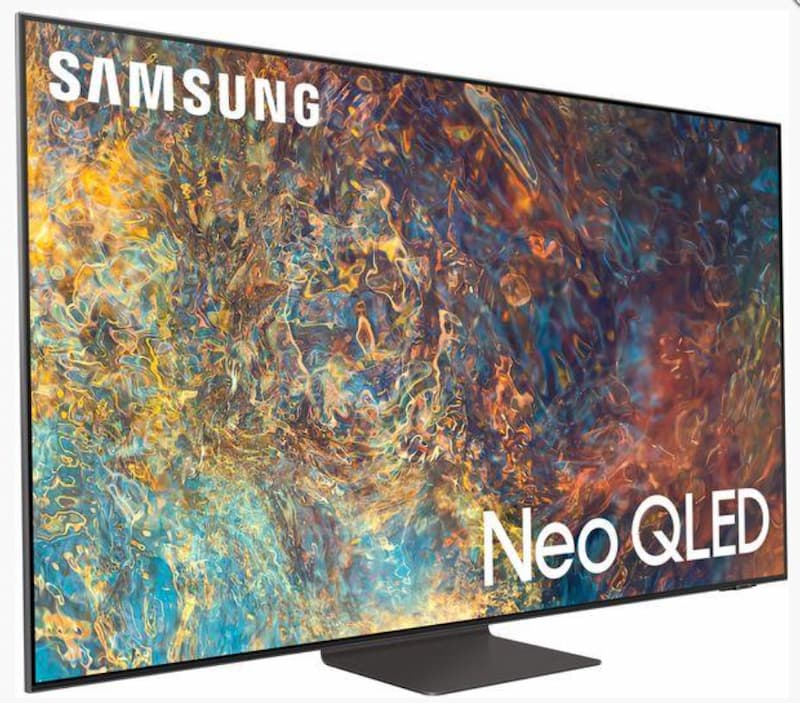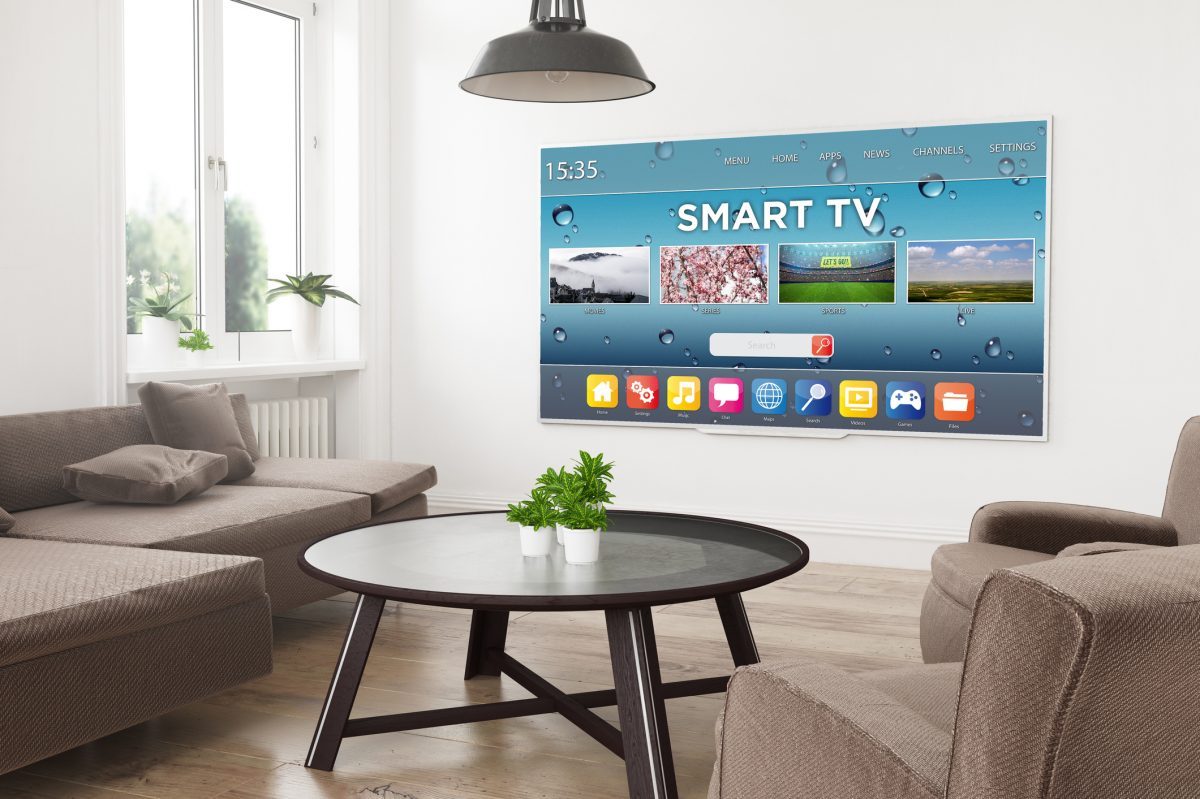Liquid Crystal Display Televisions- LCD TVs work by an intricate network of hundreds and thousands of tiny LCD pixels to produce a crisp image by the power of a fluorescent white backlight shining through them, the sharp image is formed by millions of tiny light variations. When the light hits the pixels, the light is fed into one of three chambers; red blue and green, an electric current determines the amount of light that is fed through each chamber, hence determining the colour you see on the screen.
There are multiple benefits of LCD technology such as a sharp and clear image, less reflection, save space, no scan lines and lower emissions. One of the most convenient benefits is the various wide viewing angles, allowing viewers to watch from various positions.
Of the 21st century the LCD TV is one of the most innovative new developments in television. There are dramatic differences between a regular TV and an LCD
TV, what you instantly notice is the clarity and sheer vividness of the colour and contrast.
LCD TVs vary in their brightness and contrast, and therefore picture quality. The difference between the lightest and darkest pixels behind the screen measure the contrast, Brightness is expressed in Cd/m² and should be a minimum of 400 Cd/m² for a good quality picture.
The efficiency of an LCD TV is determined by its connectivity, depending on the system, efficiencies can vary but price is not a contributing factor, you could receive the same encounter on expensive TVs as you would on Cheap LCD TVs. High definition multimedia interface ports enable you to use digital HD devices such as games consoles and Blu-Ray DVD players, essential for anyone seeking the ultimate viewing experience.







